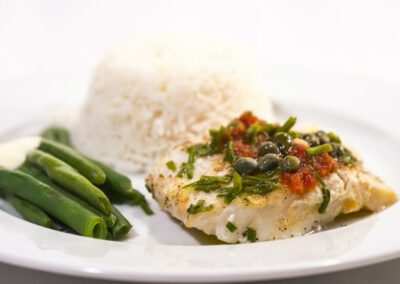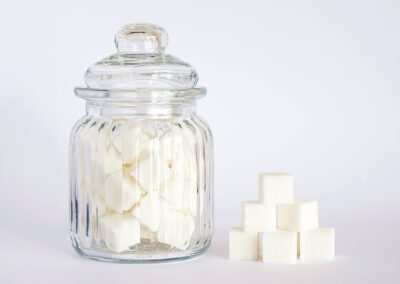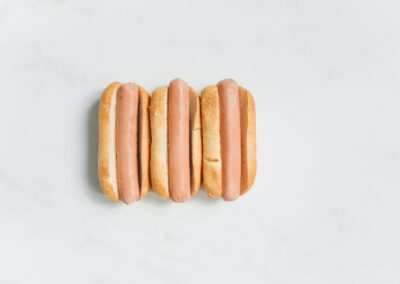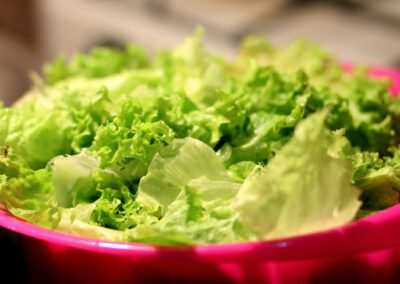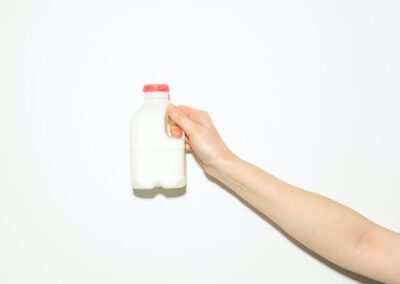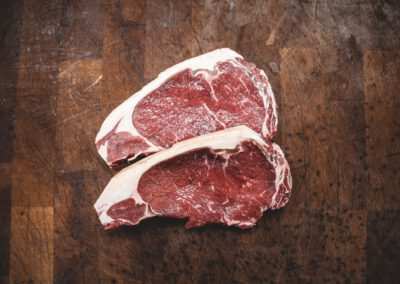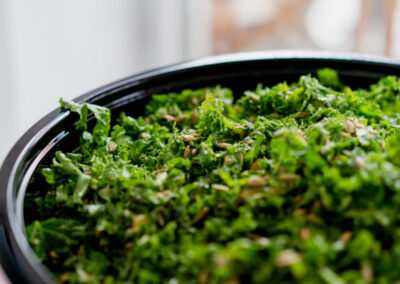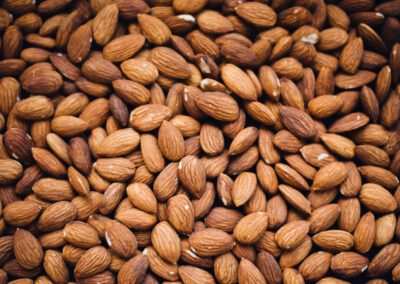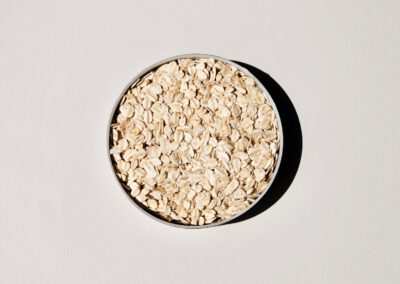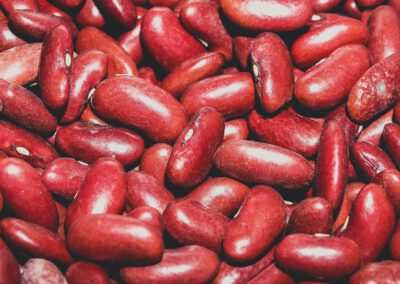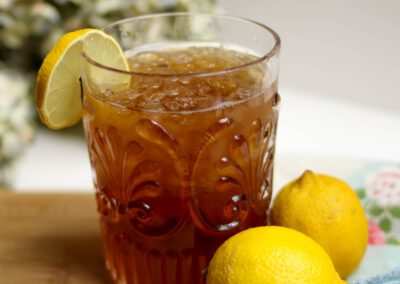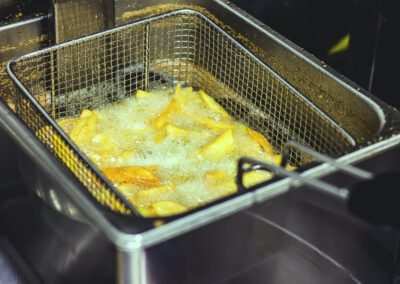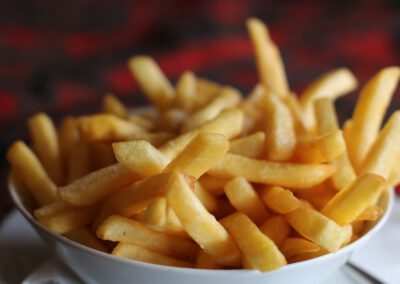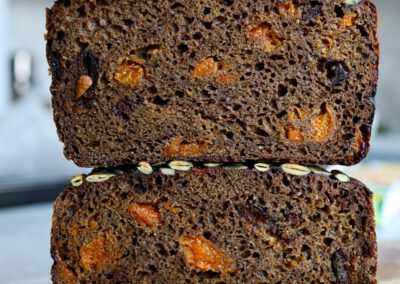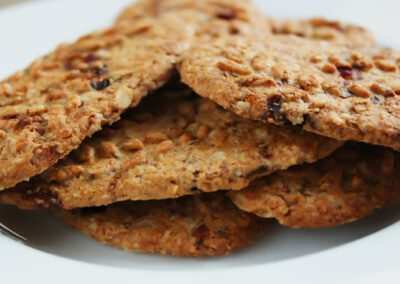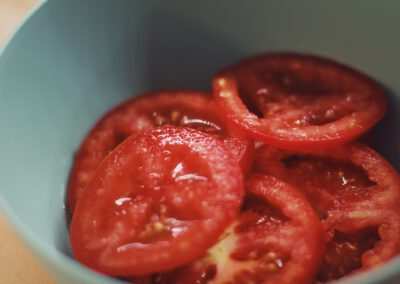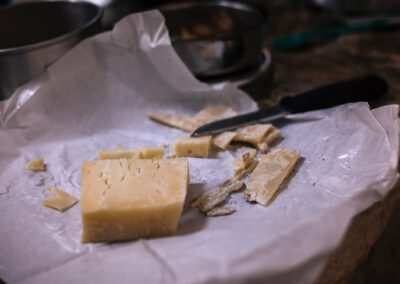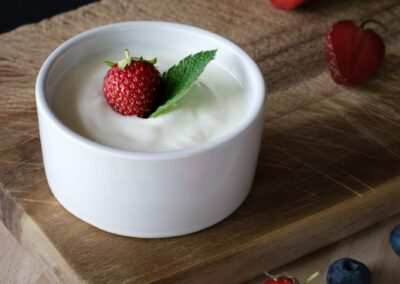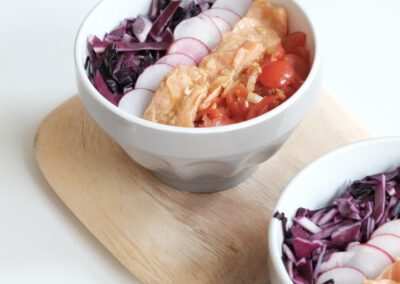Search a new meal or food type

25 grams
97 g CO2eq ****
40 L water *
0 m2*year **
(5 stars = best, 1 ster = worst, relative to other products on this site)
Data: RIVM (average Dutch market)
Disclaimer: numbers can differ (strongly) per season/ country of origin
Compare the climate impact
Compared with 1 portion (25 grams)

0.9 KM
Compared to the CO2 emissions per km of an average Dutch passenger car (Source: Rijksoverheid, CLO, 2017)

3.4 Minutes
Compared to the water use of an A-Z class shower in the Netherlands per minute (Source: Milieu Centraal)

3 Pavement tiles * year
Land use * year compared to the size of an average Dutch pavement tile (30cm*30cm)
Lower your emissions with the following changes
Percentages and tips on basis of similar portions and product categories.
Disclaimer: tips on the basis of generic product data, exact numbers can differ (strongly).

less CO2eq emissions.

Compare to other products
Compared with the portion of (25 grams)
Disclaimer: comparisons on the basis of generic product data, exact numbers can differ (strongly).
Avocado
Whole avocado (180 grams)
- CO2eq: Avocado is 143% worse
- Water: Avocado is 473% worse
- Land: Avocado is 43% worse
Banana
1 banana (150 grams)
- CO2eq: Banana is 17% worse
- Water: Banana is 69% better
- Land: Banana is 79% better
Search other foods
FAQ
Where does the data come from?
The data on the impact of food products (CO2eq, water and land) comes (mostly) from the RIVM and is based on the weighted average supply of this product on the Dutch market.
Why these 3 impact parameters?
These 3 parameters (CO2eq, water and land) have been chosen because they are the most important parameters of climate problems caused by food production. Find more explanations about these parameters here.
Which parameter is the most important?
CO2 is the most important parameter for global warming, but this does not mean that the other parameters are not important. Excessive land use and water consumption are also causing many problems in the world. Read more here.
FAQ
Where does the data come from?
The data on the impact of food products (CO2eq, water and land) comes (mostly) from the RIVM and is based on the weighted average supply of this product on the Dutch market.
Why these 3 impact parameters?
These 3 parameters (CO2eq, water and land) have been chosen because they are the most important parameters of climate problems caused by food production. Find more explanations about these parameters here.
Which factor is the most important?
CO2 is the most important parameter for global warming, but this does not mean that the other parameters are not important. Excessive land use and water consumption are also causing many problems in the world. Read more here.






